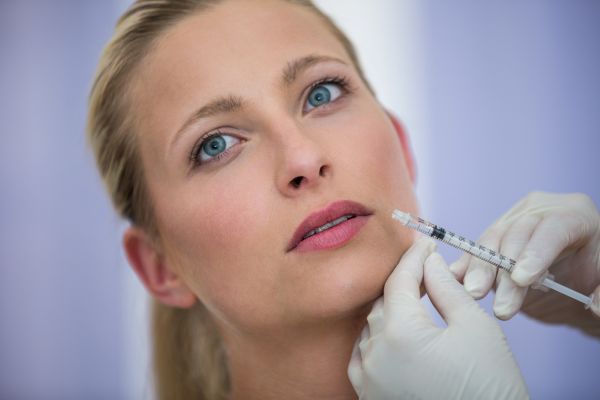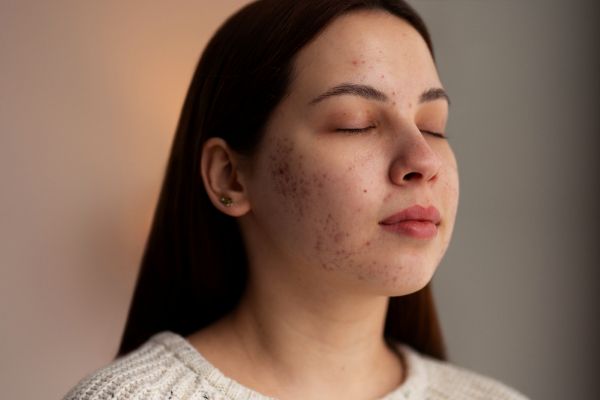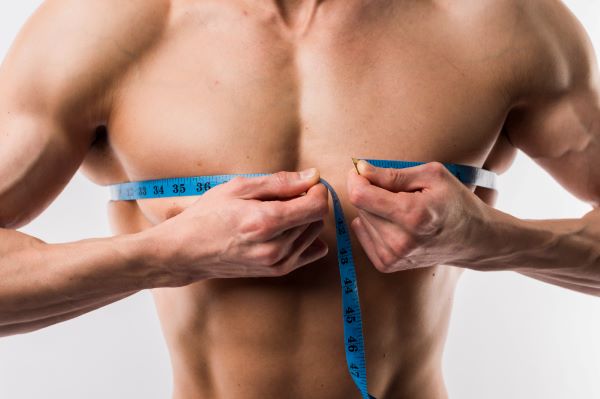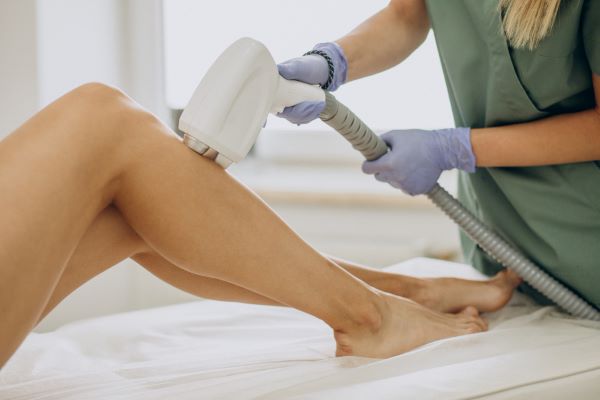
What Is Gynecomastia And All That You Need To Know About It!
Introduction
Gynecomastia is a very common condition affecting 60-70% of the male population. Even then, most people are unaware of What is gynecomastia and its causes. Is it a normal condition? If not, what is the treatment?
In this blog, we will decode all that you need to know about gynecomastia.
What is gynecomastia?
It is a medical condition characterized by the overgrowth of breasts in men. The glandular tissues of the breasts increase in size due to over-functioning. Hence, in males, the breasts appear large and feminine. The growth of both breasts is asymmetrical in this condition.
Is gynecomastia a serious problem?
Gynaecomastia is not a serious problem as such. But persons having this condition suffer from embarrassment in the public. They feel awkward and humiliated.
It is important to note that gynecomastia is NOT breast cancer nor does it lead to breast cancer. The chances of developing breast cancer in a male do not increase due to his developing breast size. However, it can be due to a side-effect of some other disease. We will discuss it in this blog. Thus, gynaecomastia is not life-threatening by itself. But it can often point to an underlying grave disease. Therefore, it is best to get it evaluated by a medical professional.
Often, in obese men, fat deposits around the breasts. This may look like gynecomastia but isn’t. Instead, it is called “pseudo gynecomastia.” The breast glands and tissues retain their original size. By losing weight, they can shed the fat around the breasts. Thereafter, the breasts will appear to be normal in these males.
To differentiate between the two conditions, either of the following investigations can be done:
- Breast ultrasonogram
- Mammogram of one or both breasts
These tests will determine whether there is an accumulation of fat around the breasts or whether the breast tissue is increasing in size.
What causes gynecomastia?
There are numerous causes of gynecomastia development. We will elaborate on them below.
1. Hormonal imbalance:
Two main sex hormones exist. They are in charge of secondary sexual traits. The physical features that distinguish between a man and a woman are known as secondary sexual traits. Oestrogen (which produces feminine traits) and testosterone (which develops masculine traits) are the two sex hormones.
Both of these hormones are found in both males and females in varying degrees.
When there is an imbalance in the ratio of these two hormones, gynecomastia occurs. In other words, oestrogen causes an overgrowth of breast tissue in men when it rises higher than testosterone levels. As a result, there is reduced functioning of the "male" hormone. Hence, it is unable to prevent oestrogen from acting as the dominant hormone in males.
2. Underlying disease condition:
In some cases, gynaecomastia may develop as a disease symptom. Here is a list of some diseases that can cause breast development in males:
- Tumours –
Adrenal gland tumours or Pituitary gland tumours
- Kidney disease –
Kidney failure
- Liver disease –
Cirrhosis of the liver
- Thyroid disorders –
Hyperthyroidism
- Cancers –
Lung cancer or liver cancer
- Infection –
Infection in the testes or penis
- Genetic –
Klinefelter’s syndrome
3. As a side effect of medications:
Certain groups of drugs can lead to breast development. The gynaecomastia-causing drugs include
- Cimetidine group of drugs (for ulcer treatment)
- Phenytoin group (for epilepsy treatment)
- Digitalis group (used in most heart medicines)
- Spironolactone group (for treating benign prostate hypertrophy and testicular cancer)
- Diazepam group (for treating anxiety and depression)
- Steroids like prednisone (for treating infections)
- Chemotherapy
- Illegal drugs like marijuana or heroin
4. Synthetic products:
Shampoos, body lotions, creams, etc. that contain lavender oil or tea tree oil can increase oestrogen production in the body. This results in breast growth in males.
5. Obesity:
Obesity is one of the most important causes of gynecomastia development. It messes with the natural functioning of hormones. Moreover, when fat cells deposit around the breasts over a long time, they start producing oestrogen. This raises the levels of the female hormone. Thus, male breasts develop.
6. Unhealthy diet:
Some foods contain excess synthetic oestrogen. Consuming these foods in excess leads to gynecomastia. Males need to eat these foods in moderation –
- Soya products (soya beans, soya milk, tofu, etc.)
- Processed and frozen food
- Deep-fried foods
- Dairy products (butter, milk, ghee, etc.)
- Beetroots
- Alcohol
7. Physical trauma:
Injury to one or both breasts may cause breast development in rare cases.
8. Physiological:
In a few cases, developing male breasts is a normal condition. These include:
a) In male infants, maternal oestrogen passes from the placenta into their bodies during birth. Hence, they develop breasts. In male infants, these are known as “breast buds.”
b) In boys going through puberty, hormone levels fluctuate. This is normal. As a result, they develop breasts. This is more common in boys in the age group of 13-14 years than in the 10-12 years age
Is gynecomastia in men normal?
Gynaecomastia in men is normal only during two stages of life: infancy and puberty. Thus, what causes gynaecomastia in those cases is a natural phenomenon. It resolves on its own in these two conditions.
In infants, breast buds disappear within 6 months. In teens, breasts return to normal size between 6 months and 2 years. If it persists above 16 years of age, consult your general physician.
What are the symptoms of gynecomastia?
To understand what is gynaecomastia, it is important to know its symptoms.
- A lump below the nipple – The lump is usually movable
- Soreness and pain in the nipple (may or may not be present)
- Increase in size of the breasts – Both breasts differ in size from one another
How common is it?
Gynaecomastia affects the majority of the population. 65% of all teenage boys suffer from this condition. In adult males, the prevalence is about 50%.
Diagnosis:
A medical practitioner can diagnose the condition through these tests:
- Blood test (for assessing hormone levels)
- Liver function test
- Kidney function test
- Urine examination
- USG of one or both breasts
- Breast mammography
Treatment:
The treatment depends upon the cause of gynecomastia.
- If it is a symptom of an underlying disease, treat the root cause
- If it is due to the effect of gynaecomastia-causing drugs, stop it. Your doctor will suggest an alternative
- If obesity is the cause, switch to a healthy lifestyle
If there is moderate to severe breast development, surgery is the final option.
At Kaayakalp, we offer male breast correction services. Our team of surgeons is the most renowned. They are highly qualified and have several years of experience in the field. They will assess your situation and provide you with effective solutions. We use the latest equipment for a safe and effective procedure.
Contact us to know more.
Follow us on:
Facebook | Instagram | Twitter | LinkedIn | Google My Business








